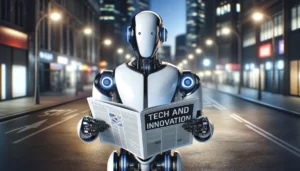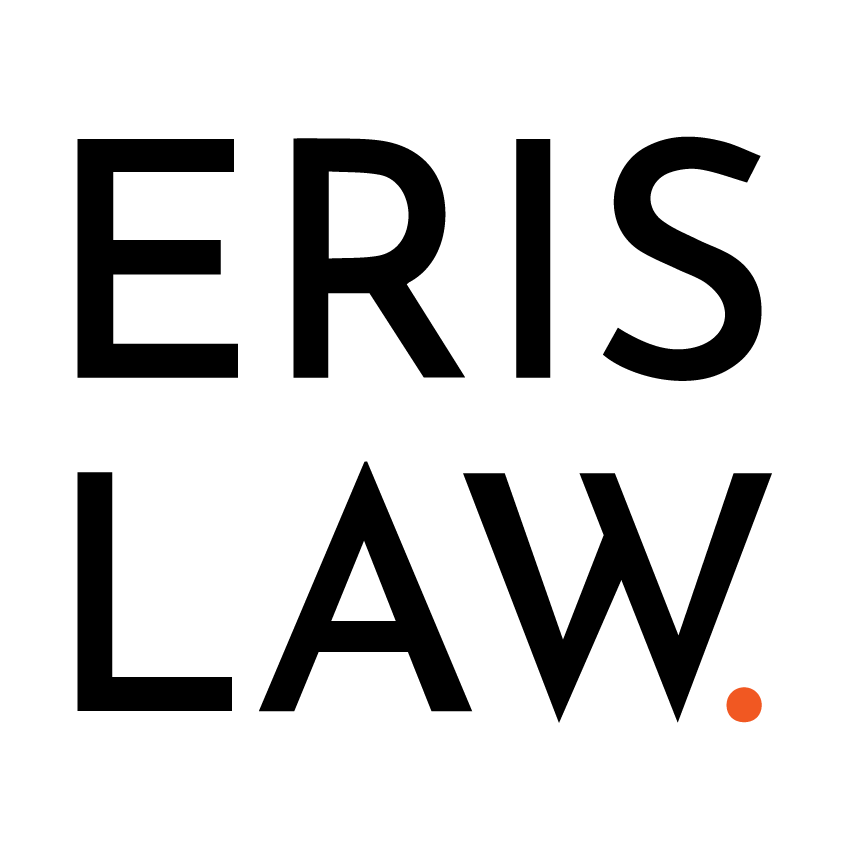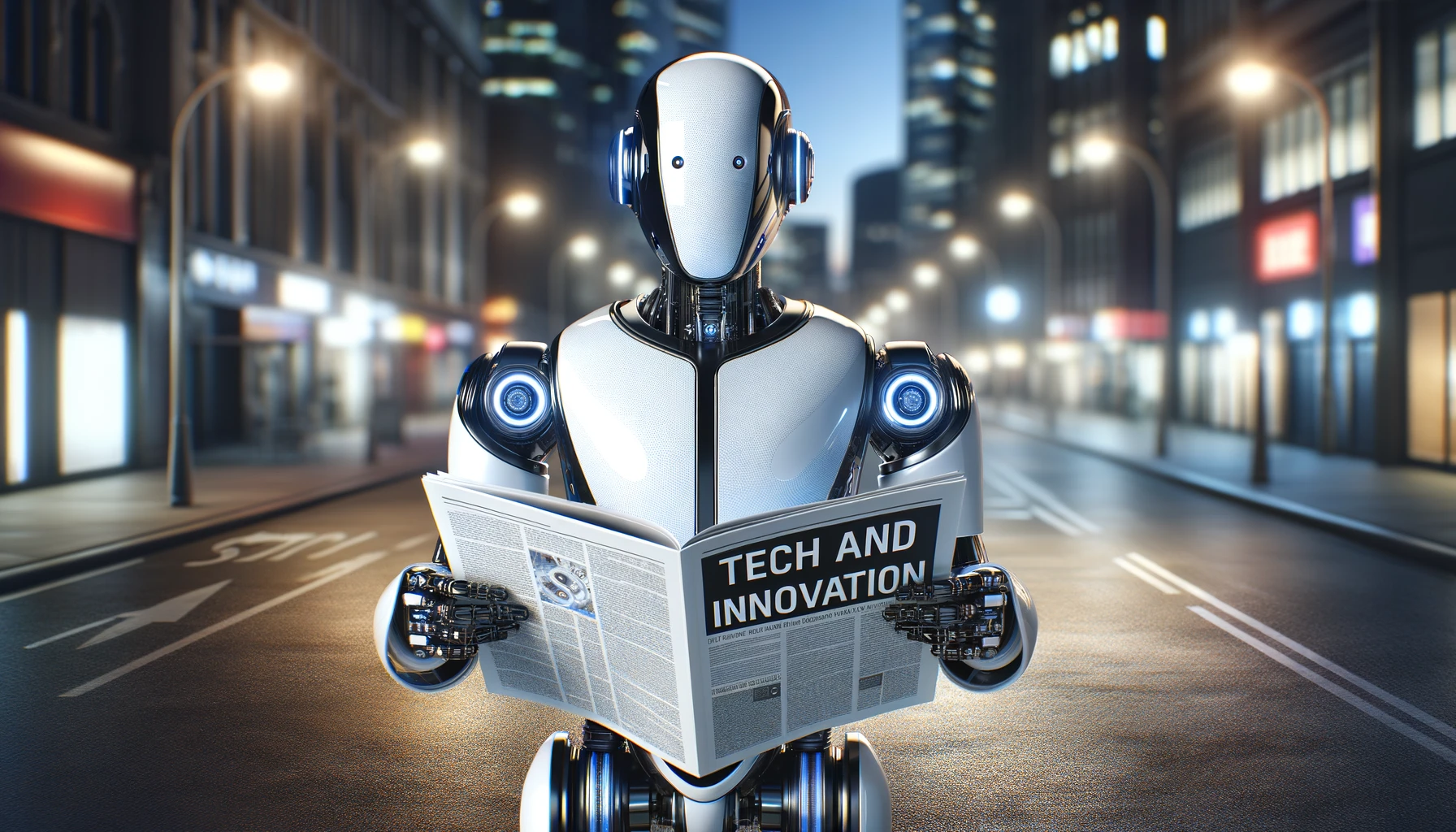 As artificial intelligence (AI) continues to evolve, its ability to generate content has raised significant legal and ethical questions, particularly concerning copyright law. The unauthorized use of copyrighted material, known as copyright infringement, continues to be a legal paradigm in the age of artificial intelligence. The ongoing lawsuit between OpenAI and the New York Times highlights the question: who should be responsible when powerful AI models are trained on massive amounts of copyrighted data?
As artificial intelligence (AI) continues to evolve, its ability to generate content has raised significant legal and ethical questions, particularly concerning copyright law. The unauthorized use of copyrighted material, known as copyright infringement, continues to be a legal paradigm in the age of artificial intelligence. The ongoing lawsuit between OpenAI and the New York Times highlights the question: who should be responsible when powerful AI models are trained on massive amounts of copyrighted data?
AI (Artificial Intelligence) and Copyright: The Intersection
The intersection of artificial intelligence (AI) and copyright law, highlighting the evolving role of AI in creating art, literature, and music. Traditionally, copyright laws protect works that require human creativity and originality. However, as AI technologies advance, they are increasingly capable of generating works independently, without direct human input. This shift challenges existing legal frameworks, which generally only recognize human authors.
AI’s capability to generate new content based on pre-existing data raises significant questions about the originality and authorship of such works. Since AI essentially processes input data to create output, the line between original creation and derivative work becomes blurred.
Under current EU copyright laws, authorship and the resulting rights are attributed to humans, not machines. This presents a challenge as AI increasingly performs tasks traditionally associated with human creativity, such as writing articles or composing music. Determining who is liable when an AI infringes copyright is complicated. The AI itself cannot be held legally responsible under current laws, leading to debates about whether the developer, the user, or the platform should bear the burden. This challenge is compounded by the difficulty in tracking how AI systems process and transform data, which often lacks transparency.
Analyzing the OpenAI vs. New York Times Copyright Dispute
Overview of the Case
The dispute between OpenAI and The New York Times (NYT) centers on allegations that OpenAI used the newspaper’s copyrighted articles without permission to train its language models. This case raises critical questions about the intersection of AI technology and copyright law, particularly regarding how AI companies use existing copyrighted materials to develop and enhance their technologies.
The New York Times’s Arguments
- Direct Infringement : The NYT argues that OpenAI’s scraping and utilization of its articles for training purposes constitute direct infringement , as it involves unauthorized copying and reproduction of their copyrighted content.
- Commercial Harm : The newspaper contends that OpenAI’s models could generate content that competes with the NYT, potentially reducing the need for users to engage directly with the NYT’s original content. This, they argue, could undermine their subscription-based revenue model by offering a substitute for their comprehensive news articles.
- Beyond Fair Use : The NYT maintains that the use of their content by OpenAI is not transformative but rather an exploitative act that leverages their journalistic work to train AI models for commercial purposes. They assert that such use does not add new understanding or meaning to the original works, which is a key aspect of the transformative use defense under fair use .
OpenAI’s Defense
- Fair Use for Transformative Purpose : OpenAI might argue that the use of copyrighted texts to train AI models is transformative . They could claim that the process fundamentally changes the purpose of the text from conveying news and information to training algorithms on language patterns and structures.
- Societal Benefit : OpenAI is likely to highlight the broad societal benefits of AI technologies, such as advancements in education, accessibility, and automation. They could argue that these benefits justify a broad interpretation of fair use, allowing AI development to continue unhindered.
- Technical Limitations : Additionally, OpenAI could argue that their models, despite being trained on NYT articles, do not retain or reproduce the nuanced style and in-depth analysis found in NYT articles, which means the AI-generated content is not a direct substitute for the original articles.
However, based on Open AI’s defense the question of responsibility for copyright infringement involves multiple parties, and the liability can be assessed as follows:
Responsibility of Copyright Infringement
OpenAI, as the developer of the AI models in question, bears the most significant potential liability of copyright infringement. They have a duty to ensure they obtain training data legally and to consider the risk of copyright infringement when designing their AI systems. If they are aware of infringement and do not address it, their liability increases. OpenAI might also need to provide more transparency and user controls to mitigate their responsibility.
AI Model’s Responsibility (Current Legal Landscape):
Currently, AI models are not considered legal entities and cannot be held directly liable for copyright infringement. However, the debate is evolving, and future court cases or legislation could change this.
End User’s Responsibilities:
If a user specifically directs the AI model to generate content that directly copies or closely paraphrases copyrighted material for commercial purposes, they could be held liable. However, end users always have a responsibility to understand the limitations of AI models and avoid using them in ways that knowingly violate copyright laws.
EU and Copyright Compliance
In response to copyright infringement cases like OpenAI vs NYT, the EU can enhance protection and compliance by implementing strict regulations similar to those in the AI Act. This would include requiring AI developers to publicly disclose detailed summaries of all content used in training their models, thereby increasing transparency. Additionally, the EU should enforce mandatory compliance checks and audits to ensure that AI systems respect copyright law, particularly by verifying lawful access to training data.
Moving forward, establishing a clear legal framework that defines the boundaries of fair use and data mining in the context of AI will be crucial to preventing future infringement cases. This approach not only protects copyright holders but also fosters a balanced environment for technological innovation and copyright integrity.
Eris Law and Copyright Compliance
As a Swedish law firm, Eris Law Advokatbyrå can advocate for stronger copyright protection by supporting regulations corresponding to those outlined in the AI Act. This includes promoting transparency through mandatory data disclosure requirements for AI developers. Furthermore, Eris Law can offer expert legal guidance and representation to clients facing copyright infringement cases, ensuring their works are safeguarded against unauthorized use by AI systems. By leveraging our expertise in Swedish copyright laws, we empower clients to navigate complex legal landscapes effectively, fostering a balanced environment for innovation and copyright integrity.

